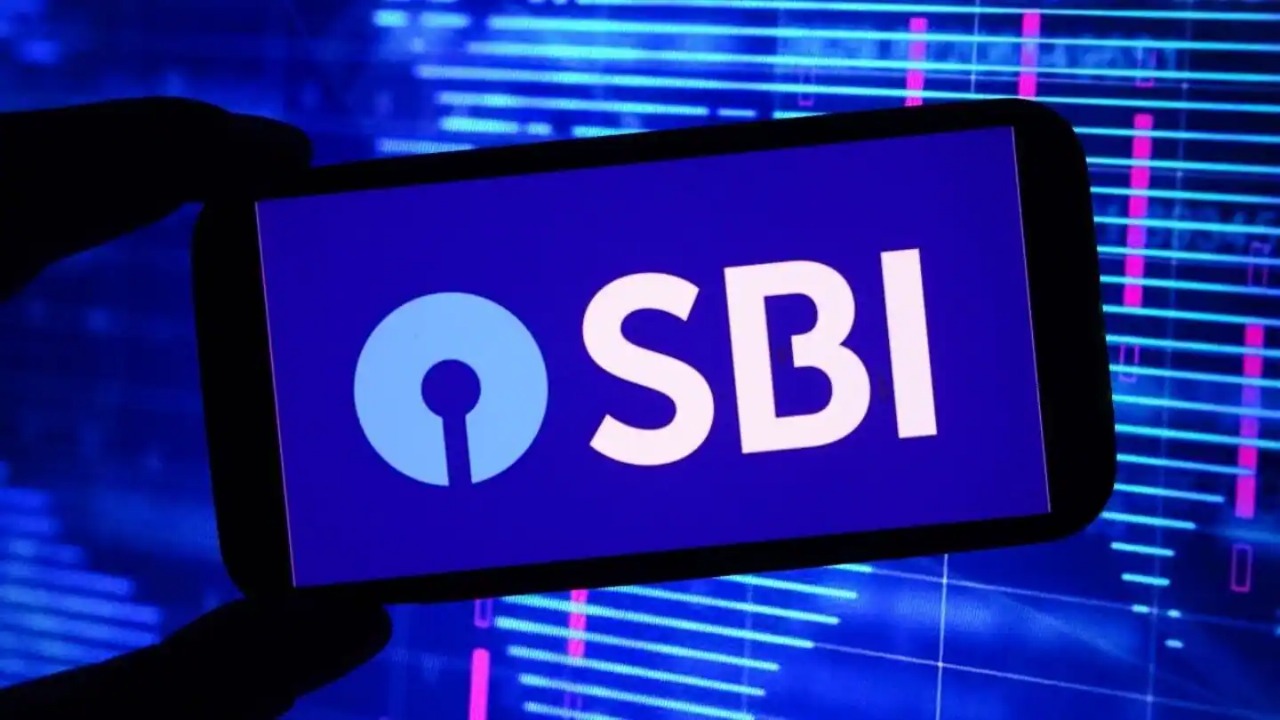 Image Source : NewsBytes
Image Source : NewsBytes
India’s largest lender, State Bank of India (SBI), made headlines by increasing home loan interest rates for new borrowers by 25 basis points on August 1, 2025, even as the central bank’s policy repo rate remains historically low. The move comes as a surprise to both potential homebuyers and industry watchers, especially in a market long fueled by aggressive home loan pricing.
Key Highlights
-
The hike lifts SBI’s higher-end rate to 8.70% (from 8.45%), while the base rate stays at 7.50%.
-
Union Bank and other public sector banks are following suit, pushing new mortgage rates higher despite unchanged or falling repo rates.
-
The shift mainly impacts new applicants, especially those with lower credit scores, while existing floating-rate customers remain unaffected.
-
The hike coincides with a slowdown in home loan growth—dropping to just 9.6% in the year to June 2025, compared to 36.3% last year.
Why Is SBI Raising Rates Now?
-
Public banks have historically undercut private competitors by stretching thin margins on home loans, leveraging wide networks and scale.
-
Despite RBI cutting rates by 100 basis points in 2025, sticky deposit rates and pressure on net interest margins have forced a recalibration.
-
SBI, treating home loans as a gateway for deposits and cross-selling, now chooses profit protection over runaway market share.
-
Higher rates help banks improve yields on new loans and adjust risk premiums for borrowers with weaker credit.
Bank Comparison: Where Does SBI Stand Now?
-
SBI’s new home loan rates for first-time buyers fall between 7.50% and 8.70%.
-
Private sector banks like HDFC Bank, ICICI Bank, and Axis Bank offer entry rates of 7.90%, 8%, and 8.35%, respectively.
-
Bank of Baroda and Punjab National Bank start at 7.45%, with Canara Bank ranging from 7.40% up to 10.25%, depending on borrower profile.
-
The hike may spark more public sector banks to recalibrate, especially as margins shrink.
Impact on Borrowers and the Housing Market
-
For new home buyers, increased rates mean higher EMIs and costlier borrowing—making affordability a growing concern as festival season approaches.
-
Borrowers with lower credit scores will feel the pinch most, as they land nearer the upper end of the new rate band.
-
Existing home loan customers benefit from past repo rate cuts, effectively paying less than new borrowers for now due to regulatory requirements on rate transmission.
A continued rise in mortgage rates could cool demand for housing in urban India, though the market’s fundamentals remain robust with government incentives and improving job growth.
Strategic Industry Implications
-
The rate hike is a bellwether for a possible strategic shift in retail lending—public sector banks may now prioritize profitability and credit quality over market share grabs.
-
Over the last four years, public banks’ share of new home loan disbursements has grown sharply; further hikes could slow this momentum.
-
Price-sensitive home buyers will likely compare rates, product features, and processing fees more closely, leading to greater competition and innovation across lenders.
Conclusion
SBI’s unexpected rate hike, despite a low-rate regime, signals a new era in mortgage lending where banks seek balance between growth and profitability. Borrowers must plan for higher EMIs and more careful comparisons, while market participants will watch for further strategic pivots across India’s banking space.
Source: Angel One, Economic Times, Financial Express, Times of India, August 18, 2025
Advertisement
Advertisement




